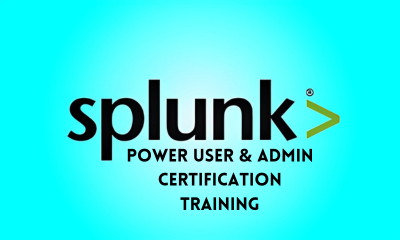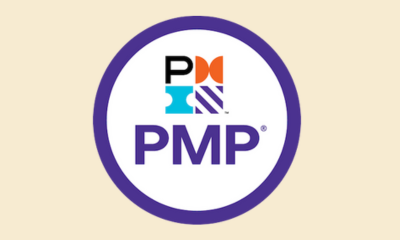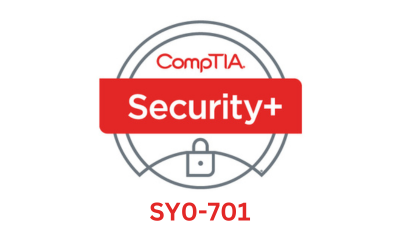Splunk Power User and Admin Certification course will educate you how to deal with Splunk Configuration and User Management. This session will assist you in obtaining information on Cluster Setup, Data Ingestion from Many Sources, and Splunk Knowledge Objects such as Searches, Build and Manage Alerts, Create and Manage Splunk Reports, Splunk Visualizations, and Splunk Dashboards while working on real-world Use-Cases.








_CC638203878343937016_.png)

_CC638191920720755346_.png)









